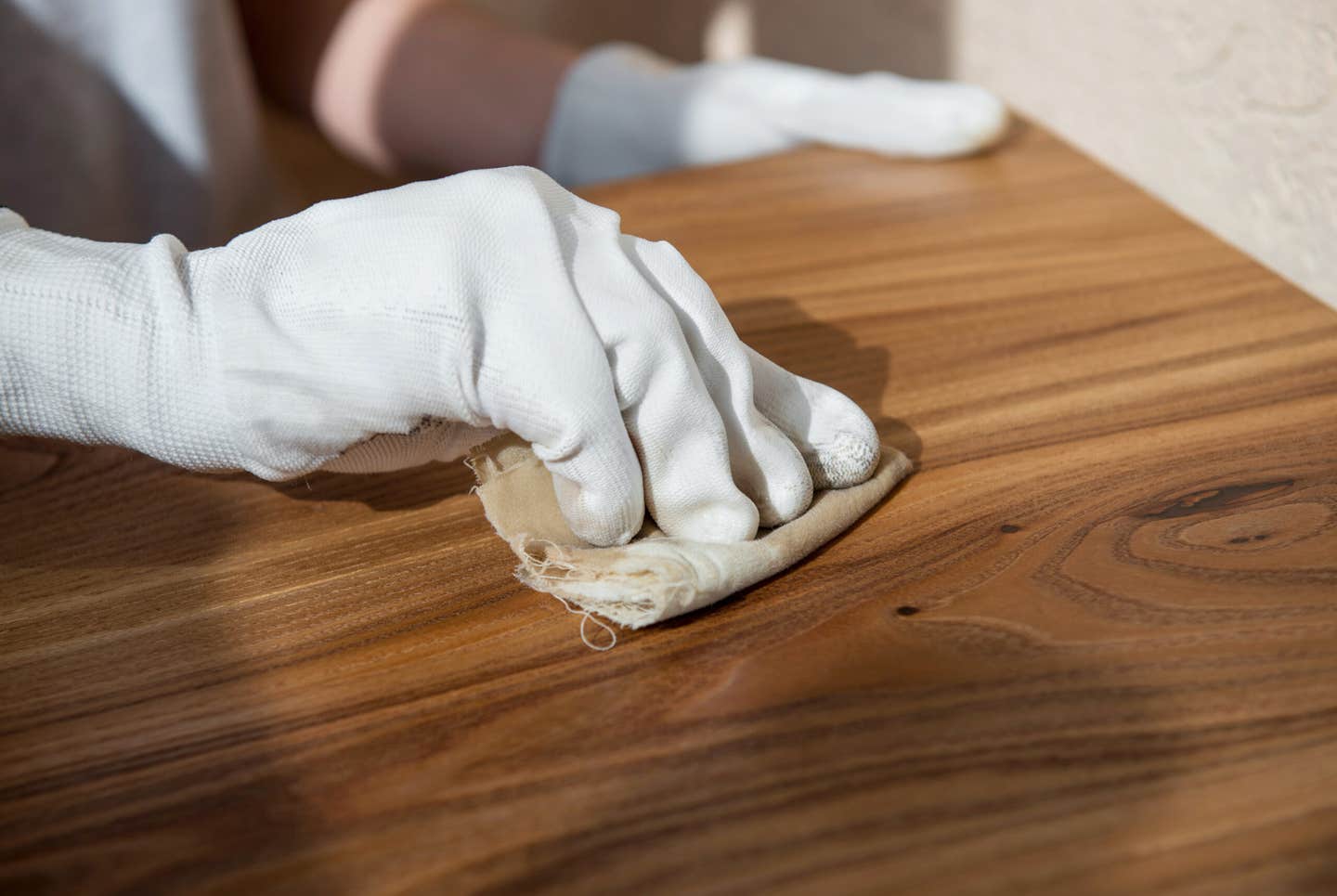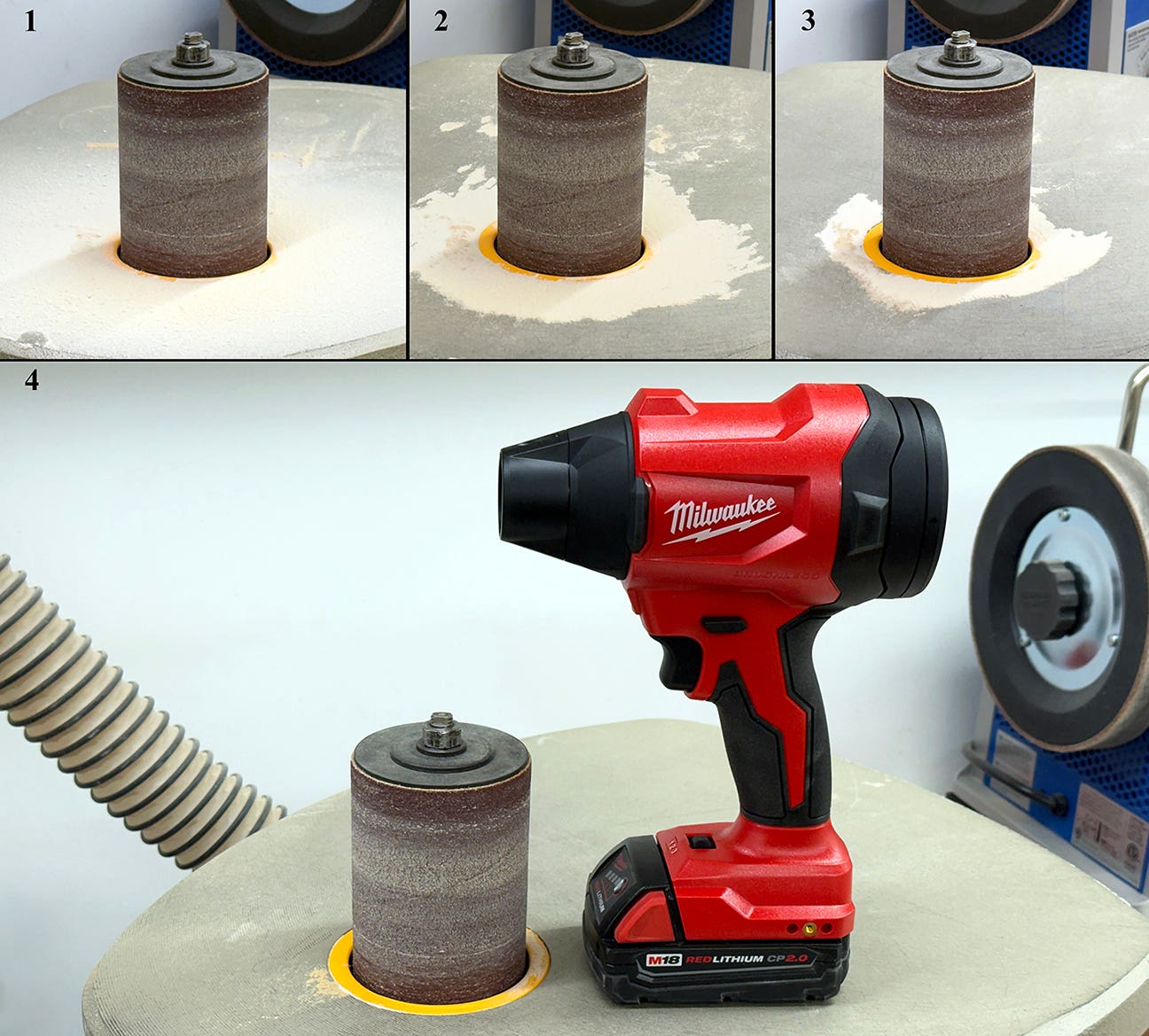Choices limited by availability for an early American craftsman
Most modern woodworkers share a profound admiration for the high skill level of those 18th-century furniture makers whose work has survived. But what about their finishing skills and the finishes…
Most modern woodworkers share a profound admiration for the high skill level of those 18th-century furniture makers whose work has survived. But what about their finishing skills and the finishes they used? What do we know about these?
Unfortunately, we don’t know a lot from the objects that have survived in museums, antique stores and private collections. Original stains and finishes, in the rare instances where they have been left untouched, have faded, dulled and crazed to the point that the wood is often difficult to see. In most cases, original finishes have been overcoated or the furniture stripped and refinished.
Our sources are largely limited to paper documentation such as account books, receipts, newspaper ads, probate records, shipping manifests and some surviving writings providing instructions.
These give a pretty clear picture that the most desirable look furniture makers were trying to achieve was a highly reflective gloss, unlike the soft satin appearance so popular today. How did 18th century craftsmen achieve these results?
Available finishes
In the 18th century there were only three large categories of finishes available: oil, which almost always meant linseed oil; wax, which almost always meant beeswax; and varnish.
There were three types of varnish: what was known at the time as “fixed-oil” varnish, which is similar to our modern varnish, especially our varnishes made with natural resins; essential-oil varnish, which was a soft varnish usually made with resin and turpentine from pine trees; and spirit varnish, which referred to a number of resins that were dissolved in alcohol or “spirits of wine.”
Linseed oil was widely available because farmers were encouraged to grow flax for cloth (linseed oil was also called flaxseed oil). But linseed oil dries very slowly so driers, which usually meant derivatives of lead, were cooked in to get it to dry faster.
Linseed oil also produces a dull finish that is easily damaged unless applied a great many times through many years, so it was used primarily on complex objects such as chairs that were harder to varnish and didn’t receive as much wear as tabletops.
Beeswax was also widely available and was easy to apply. There were two application methods: a hard-wax finish and a soft-wax finish.
The hard-wax finish was achieved by rubbing the solid wax on the wood with a cork or wood block, usually near a fire to help the wax melt and penetrate into the wood. The excess wax on the surface was then scraped off with a tool similar to our card scraper (but without a burr) and additional coats were applied until the pores were filled. Finally, the wax was buffed hard with a polishing cloth. This produced a fairly high gloss.
The soft-wax finish was easier to apply, but didn’t produce as high a gloss. It was similar to our modern paste waxes, simply beeswax thinned with turpentine. (My guess is that the lower gloss resulted from the turpentine solvent dissolving previous coats, thus reducing the build.)
Neither linseed oil nor beeswax was very wear-resistant, but both were easy to repair by applying another coat.
Varnishes
The favored finish for high-style furniture was varnish because it produced a high gloss, which could be polished for an even more reflective appearance. The aim, it seems, was to imitate as closely as possible the high-gloss appearance of the Oriental-lacquer finishes on furniture imported into Europe from the Far East, especially from Japan.
This finish was made from the sap of a tree native to East Asia and exportation was forbidden.
High gloss must also have been desirable for its reflective qualities in the poorly lit buildings.
There were many resins (also called “gums” at the time) imported in the 18th century. These included benzoin (gum benjamin), gum arabic, sandarac, elemi, copal, amber, mastic, anime and, of course, shellac. These resins came from plants, trees, insects (shellac) or were found as hard, fossilized chunks (copal and amber) on the ground or in riverbeds.
Of the three types of varnish, essential-oil varnish was the least durable and was probably not used much except in rural areas when the better resins weren’t available.
The most common varnish used was likely spirit varnish because it was so much easier to make than fixed-oil varnish. The resins just had to be dissolved in alcohol.
In antique circles today it is widely believed that shellac was the finish most often used, but this is not true. When spirit varnish was used, it was usually a blend of several alcohol-soluble resins.
The shellac available until about the 1820s, when bleaching methods were developed, was very dark and lighter finishes were generally preferred. Shellac, which was the most durable of the alcohol-soluble resins, was often blended with lighter sandarac, mastic and other resins.
So little was understood about finishes that mythologies developed assigning various qualities to each resin that could be incorporated into the finish simply by adding the resin into the mix. Each shop had its own secret recipe.
The technique of French polishing didn’t exist in the 18th century. It was introduced into England from the Continent (probably from France or Holland) around 1810 and into the United States in the ensuing years.
To make fixed-oil varnish, the resin (usually copal or amber) had to be “run,” that is, heated to liquefy it. Then it was dissolved in very hot linseed oil. The process was dangerous because of the possibility of fires.
The most important thing to keep in mind about 18th century finishes is that the availability of resins was sporadic. Wars, shipping accidents, droughts in far-off lands and other factors could limit availability, even in port cities. Cabinetmakers were limited to what was available. As a result, the original finish on any given piece of furniture could have been any of those discussed here.
Brushes
The varnishes were usually applied with brushes. These were primitive compared with today. They were made with top-quality hog bristles, which were tied and pulled through a hole in a wooden handle. The brushes were therefore round rather than flat like most of ours today.
Flat brushes became available in the early 19th century, but round brushes were still preferred because they held more finish.
Polishing
Just as today, the ultimate finish was created by rubbing, which was called “polishing.” The techniques didn’t differ all that much from today. Pumice (ground lava) was rubbed onto the surface with a cloth to remove brush marks. This was followed by rubbing with finer Tripoli powder mixed with water or oil. Finally, the surface was buffed with starch or flour.
Filling pores
Open-pored 18th century woods, especially mahogany, had a much tighter grain structure than the same woods available today. Much less filling was therefore necessary to achieve a full-filled look.
This was always done with the finish itself, whether a hard-wax finish as described above or with varnish. Separate paste fillers didn’t exist.
Bob Flexner is author of “Understanding Wood Finishing” and “Flexner on Finishing.”
This article originally appeared in the July 2012 issue.







